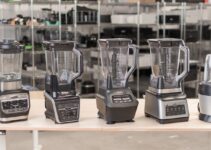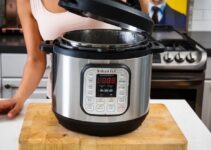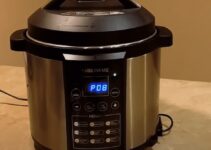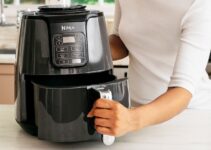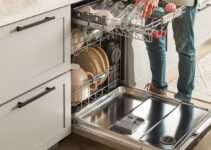Keurig coffee makers are a popular choice for many coffee drinkers due to their convenience and ease of use. However, like any household appliance, they can experience problems from time to time.
One of the most common issues that Keurig users face is a problem with water flow. This can manifest in a variety of ways, from the machine not dispensing any water at all to it dispensing water too slowly.
In this article, we’ll take a look at the causes of water flow problems with Keurig machines and provide some solutions for fixing them.
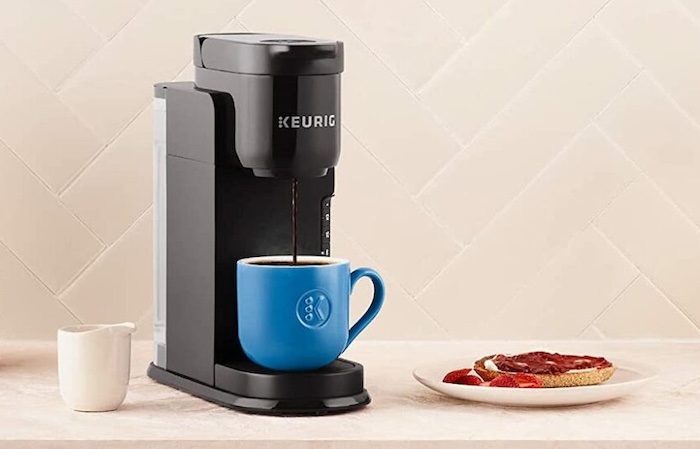
Keurig Water Flow Problems: Common Causes
Clogged Water Line: The water line is the tube that carries water from the reservoir to the brewing chamber. Over time, mineral deposits can build up in the water line, clogging it and reducing water flow.
Low Water Level: If the water reservoir is low, the machine may not be able to pump enough water to make a full cup of coffee.
Dirty Water Reservoir: If the water reservoir has not been cleaned recently, it may contain mold or bacteria that can clog the water line.
Obstruction in the Needle: The needle that punctures the K-Cup can become clogged with coffee grounds, which can impede water flow.
Damaged Water Line: In some cases, the water line may become damaged, causing a leak or reducing water flow.
Keurig Water Flow Problems: How to Fix
1. Cleaning the Water Line
To clean the water line, you will need:
- White vinegar
- A clean, empty water reservoir
- A paperclip or similar tool (optional)
Instructions:
- Fill the water reservoir with a solution of equal parts water and white vinegar.
- Place the reservoir back into the machine and run the solution through the machine several times. This will help remove any mineral build-up in the water line.
- After running the solution through the machine, flush the machine with fresh water by running several cycles of plain water.
- If the water line is still clogged, you can use a paperclip or similar tool to clear out any debris.
- Reassemble the machine, and check if the water flow is restored.
2. Checking the Water Level
To check the water level, you will need:
- A full water reservoir
Instructions:
- Locate the water reservoir on your Keurig machine.
- Check the water level in the reservoir, making sure it is full.
- If the reservoir is not full, fill it with fresh water.
- Properly seat the reservoir in the machine.
- Turn on the machine and check if the water flow is restored.
3. Cleaning the Water Reservoir
To clean the water reservoir, you will need:
- Warm soapy water
- A sponge or cloth
- A toothbrush (optional)
Instructions:
- Remove the water reservoir from the machine.
- Wash the reservoir with warm soapy water, using a sponge or cloth.
- Use a toothbrush to scrub any hard-to-reach areas.
- Rinse the reservoir thoroughly with fresh water.
- Dry the reservoir with a clean cloth or towel.
- Reassemble the machine, and check if the water flow is restored.
4. Clearing the Needle
To clear the needle, you will need:
- A straightened paperclip
Instructions:
- Locate the needle on the bottom of the K-Cup holder.
- Use a straightened paperclip to clear out any debris from the needle.
- Reassemble the machine and check if the water flow is restored.
5. Replacing Damaged Parts
If the water line is damaged, it will need to be replaced. The process of replacing the water line will vary depending on your specific model of Keurig. Contact the manufacturer for assistance.
Tips for Maintaining Your Keurig Coffee Maker
Clean the Machine Regularly: Regular cleaning is essential to keeping your Keurig in good working order. Clean the exterior of the machine with a damp cloth and clean the interior, including the water reservoir and the K-Cup holder, with a solution of equal parts water and white vinegar.
Descale the Machine: Over time, mineral buildup can occur in your Keurig, which can affect the taste of your coffee and cause water flow problems. To remove mineral buildup, use a descaling solution specifically designed for coffee makers or a solution of equal parts water and white vinegar.
Check for Leaks: Check the machine and the water reservoir for any signs of leaks. If you notice a leak, contact the manufacturer for assistance.
Use Quality Water: Using filtered or distilled water in your Keurig can help prevent mineral buildup and improve the taste of your coffee.
Properly Store the Machine: When not in use, store your Keurig in a cool, dry place. Avoid storing it in a damp or humid area, as this can cause damage to the machine over time.
Use only compatible pods/coffee: Using non-compatible pods or coffee can damage the machine and void the warranty.
Regularly Check the Needle: With continuous use, the needle that punctures the K-Cup can become clogged with coffee grounds. When this happens, it will cause water flow problems. Regularly check the needle and clear it out with a straightened paperclip if necessary.
Follow the manufacturer’s guidelines: Always read and follow the manufacturer’s guidelines when it comes to cleaning, descaling, and maintaining your machine.
By following these tips, you can help ensure that your Keurig coffee maker continues to function properly and provide you with great-tasting coffee for years to come. Remember that regular maintenance is key to keeping your machine running smoothly and efficiently. If you have any doubts or problems, don’t hesitate to contact the manufacturer.
Conclusion
Water flow problems with Keurig machines can be caused by a variety of factors, including clogged water lines, low water levels, dirty water reservoirs, obstructed needles, and damaged water lines.
By following these in-depth solutions, you should be able to resolve most water flow problems with your Keurig machine. Remember to clean your machine regularly and check for any damages before brewing. If the problem persists, contact the manufacturer for assistance.
